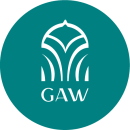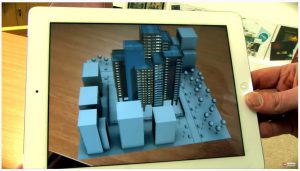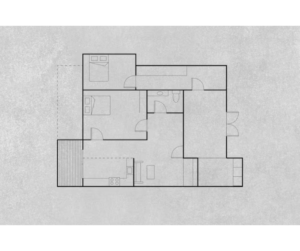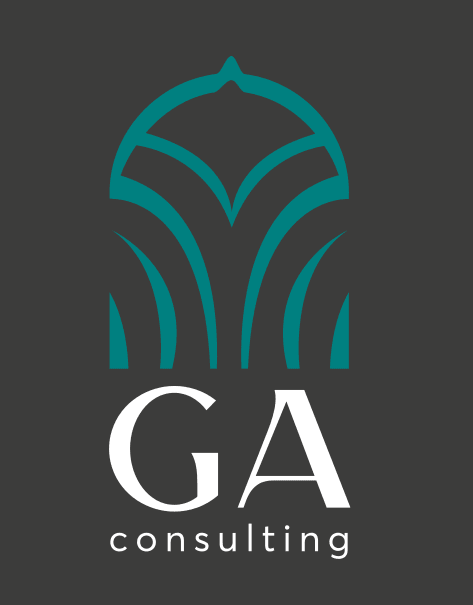Dharavi, Asia’s largest slum, stands as a complex paradox in the heart of Mumbai. Home to an estimated 700,000 residents [source: National Geographic], it’s a bustling hub of informal industry, yet lacks basic infrastructure and sanitation. Redevelopment plans have swirled around Dharavi for decades, each sparking debate about displacement, community engagement, and the true beneficiaries of the project. This article delves into the historical context of Dharavi, scrutinizes the current redevelopment plan, and explores possibilities for a more sustainable and inclusive future.
Historical Context: From Salt Pans to Slum
Dharavi’s story begins in the 18th century as a cluster of salt pans. As Bombay (present-day Mumbai) grew, so did the demand for labor. Migrants from across India flocked to Dharavi, seeking work in the city’s burgeoning textile mills. By the mid-20th century, with mills shutting down, Dharavi became a center for small-scale industries like recycling, pottery, and leatherwork. However, proper infrastructure never kept pace with this growth, leading to overcrowding, inadequate sanitation, and limited access to basic services.
A Thriving Informal Economy
Dharavi’s informal economy is a marvel of self-organization. Estimates suggest over 200,000 micro-enterprises operate within its labyrinthine lanes, generating billions of rupees annually [source: World Bank]. Recycling units process a significant portion of Mumbai’s waste, while leather tanneries and garment workshops cater to both domestic and international markets. This intricate web of businesses provides crucial employment opportunities for Dharavi’s residents, many of whom lack formal qualifications.
See article on Society Redevelopment in Mumbai
Overview of the Redevelopment Plan
The current redevelopment plan, spearheaded by the Slum Rehabilitation Authority (SRA) of Maharashtra, is a public-private partnership with the Adani Group, a large Indian conglomerate. The plan promises to transform Dharavi into a “world-class township” with a mix of residential, commercial, and open spaces. Residents who can prove occupancy before 2000 will be eligible for free flats of approximately 350 sq ft [Source: The Hindu]. The project boasts a high Floor Space Index (FSI) of over 4, allowing for high-rise buildings and increased commercial space.
Sustainable Design Principles for Dharavi
Sustainable Community-driven design: Resident participation throughout the planning process is crucial. This ensures the design caters to their needs and fosters a sense of ownership. Residents’ knowledge of local challenges and existing resource flows can inform decisions about waste management, water conservation, and energy efficiency. (Source: UN Habitat)
Preserving the informal economy: Dharavi’s thriving recycling and small-scale industries are a testament to its resourcefulness. The redevelopment plan should integrate and support these businesses, not displace them. This could involve designated zones for workshops within the new development, incorporating features like shared co-working spaces and efficient waste collection systems. (Source: World Bank)
Green infrastructure: Sustainable design goes beyond just building structures. Creating green spaces like parks and community gardens not only enhances aesthetics but also improves air quality, reduces the heat island effect, and provides recreational areas. Utilizing rooftop gardens and vertical greenery on buildings can further maximize space and environmental benefits. (Source: Singapore’s Building and Construction Authority)
Renewable energy and energy efficiency: The project should incorporate renewable energy sources like solar panels and wind turbines to reduce reliance on fossil fuels. Energy-efficient building materials and technologies like LED lighting and passive cooling techniques can minimize energy consumption and long-term operational costs. (Source: Bureau of Energy Efficiency)
Waste management and resource recovery: Dharavi’s existing recycling industry demonstrates a strong foundation for a circular economy approach. The redevelopment plan can build upon this by designing waste management systems that promote composting, recycling, and upcycling. This not only reduces environmental impact but also creates potential livelihood opportunities in the waste management sector. (Source: Ellen MacArthur Foundation: https://www.ellenmacarthurfoundation.org/circular-economy/concept)
Sustainable transportation: Encouraging walking, cycling, and public transportation use can significantly reduce traffic congestion and air pollution. Creating a network of pedestrian walkways, bicycle lanes, and well-connected public transport options can make car ownership less necessary. (Source: Institute for Transportation and Development Policy: https://www.itdp.org/)
The Adani Group’s Role in Sustainable Development for Dharavi
The Adani Group’s expertise can be crucial for implementing these sustainable design principles. Here’s how they can contribute:
Investing in green technologies: The group should allocate resources for solar power installations, rainwater harvesting systems, and energy-efficient building materials. (MNRE: https://mnre.gov.in/)
Supporting livelihood-focused initiatives: Partnering with NGOs and training institutions to provide skill development programs and microfinance opportunities for residents to upgrade their businesses in the circular economy.
Transparency and community engagement: Open communication about project details, financial projections, and profit-sharing mechanisms can build trust and ensure the project aligns with community needs.

Sustainable Development Goals
The redevelopment offers an opportunity to align with the UN’s Sustainable Development Goals (SDGs), specifically:
SDG 11: Sustainable Cities and Communities – by creating inclusive, safe, and resilient urban spaces that integrate Dharavi’s existing social and economic fabric.
SDG 8: Decent Work and Economic Growth – by fostering skill development and supporting existing livelihoods within Dharavi’s informal economy. Training programs and incubation centers can equip residents with new skills while preserving the existing network of micro-enterprises.
SDG 10: Reduced Inequalities – by ensuring equitable access to housing, infrastructure, and economic opportunities for all residents, regardless of socioeconomic background. This can involve a mix of housing options with varying sizes and costs, along with reservations for essential services within the redeveloped area.
Lessons Learned and Best Practices from Dharavi Redevelopment Plan
Lessons can be drawn from successful slum rehabilitation projects worldwide:
Community Participation: Meaningful engagement with residents throughout the planning and implementation process is crucial for project success. This includes holding regular consultations, incorporating resident feedback into the design, and establishing grievance redressal mechanisms.
Livelihood Security: Schemes to support existing businesses and create new employment opportunities are essential. This can involve providing relocation assistance for workshops, facilitating access to credit and microfinance, and skilling residents for jobs in the formal sector.
Mixed-Income Housing: A mix of housing options, including smaller apartments for lower-income residents, larger units for families, and rental housing, can foster social inclusion and prevent gentrification.
Sustainable Building Practices: The project should embrace green spaces, incorporate waste management strategies like composting and recycling, and utilize energy-efficient building materials and technologies. This will not only benefit the environment but also reduce long-term operational costs.
Learn about our article on Slum Redevelopment – Overview and Project
The Path Forward: A People-Centric Approach
The future of Dharavi’s redevelopment hinges on addressing the concerns raised and adopting a people-centric approach. This requires:
Meaningful Community Engagement: Residents must be active participants in the planning process, from designing the layout to choosing amenities and relocation strategies.
Livelihood-Focused Rehabilitation: The plan should prioritize supporting and integrating Dharavi’s existing informal economy, not dismantling it.
Sustainable and Inclusive Development: The project should prioritize social well-being, environmental sustainability, and economic opportunity creation for all residents.
By learning from best practices, ensuring transparency and community participation, and prioritizing the well-being of Dharavi’s residents, the redevelopment can become a model for sustainable urban renewal. Dharavi has the potential to be transformed into a thriving, inclusive community that celebrates its rich cultural heritage and empowers its residents to contribute to a vibrant Mumbai.
Also learn about Affordable Housing at a Glance: Addressing the Homeless in India






